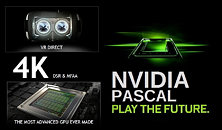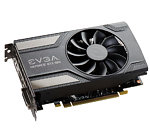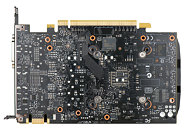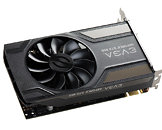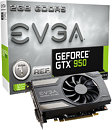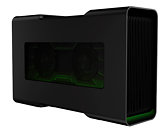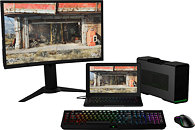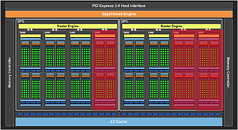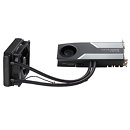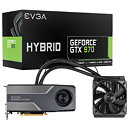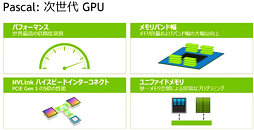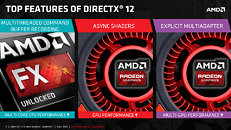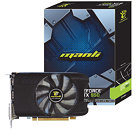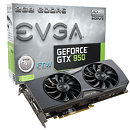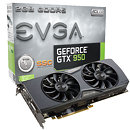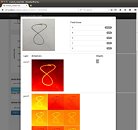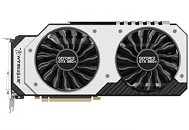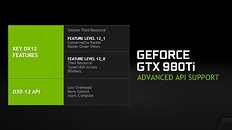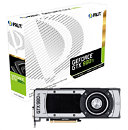
NVIDIA Intros the Quadro M2000 Graphics Card
NVIDIA announced the Quadro M2000 professional graphics card. Based on the 28 nm GM206 "Maxwell" silicon, the M2000 is a mid-range professional graphics offering by the company, and is energy-efficient. The card has the same core-configuration as the GeForce GTX 950, with 768 CUDA cores, 48 TMUs, 16 ROPs, and a 128-bit wide GDDR5 memory interface. 4 GB is the standard memory amount for this card.
The GPU is clocked up to 1188 MHz, and the memory at 6.60 GHz (GDDR5-effective), yielding a memory bandwidth of 106 GB/s. The card relies on the PCI-Express slot for all its power, its typical board power-draw is rated at 75W. The reference-design board features a neat full-height PCB, and a single-slot cooling solution. Display outputs include four DisplayPort 1.2 connectors. The M2000 brings some Quadro-exclusive software features to the table, including nView MultiDisplay, and support for 5K and 8K displays (through multiple connectors). Expect this card to be priced around US $550.
The GPU is clocked up to 1188 MHz, and the memory at 6.60 GHz (GDDR5-effective), yielding a memory bandwidth of 106 GB/s. The card relies on the PCI-Express slot for all its power, its typical board power-draw is rated at 75W. The reference-design board features a neat full-height PCB, and a single-slot cooling solution. Display outputs include four DisplayPort 1.2 connectors. The M2000 brings some Quadro-exclusive software features to the table, including nView MultiDisplay, and support for 5K and 8K displays (through multiple connectors). Expect this card to be priced around US $550.



